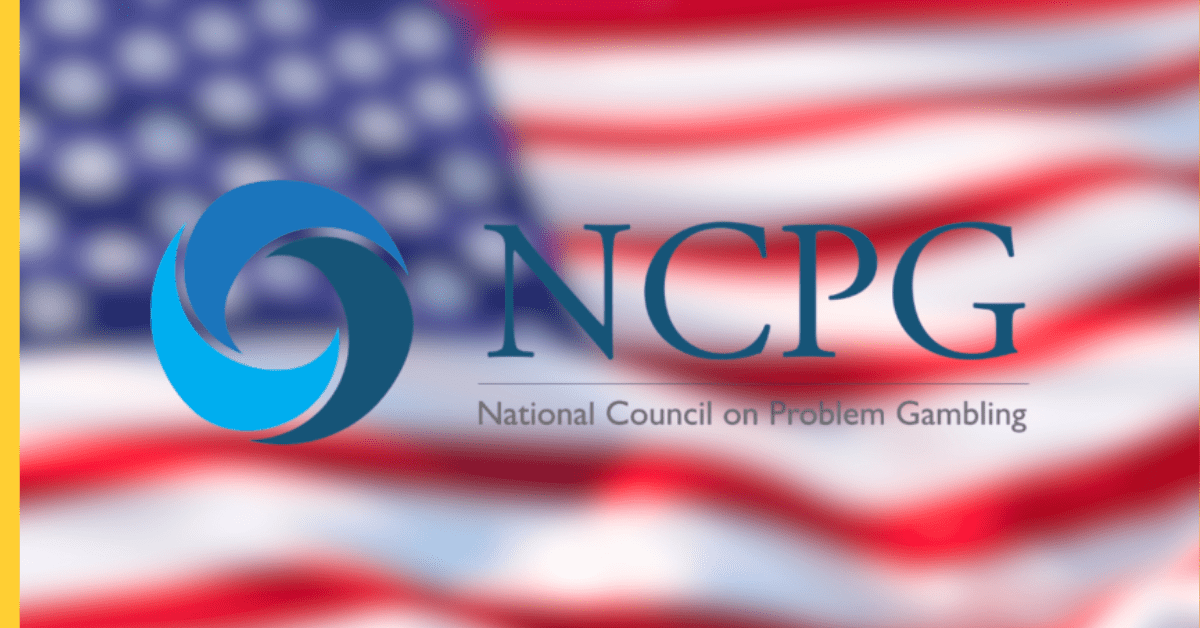
Data from the report, compiled by the National Council on Problem Gambling (NCPG), reflects persistent risks and misconceptions surrounding gambling addiction.
Drawing from a nationally representative survey of over 3,000 respondents, NGAGE 3.0 used the same criteria as in both the previous 2018 and the 2021 studies.
The data is strictly from the national sample and does not include supplemental state-specific responses.
According to most reports, there are now around 36.9 million sports bettors using legal online sportsbooks in the US.
One key takeaway from the report is that its data indicates rates of problematic gambling, which rose sharply during the Covid-19 pandemic, have since almost reverted to pre-pandemic levels.
In 2018, 7% of adults reported engaging in potentially harmful gambling behaviours “many times,” a figure that jumped to 11% in 2021 amid pandemic-related stresses and online accessibility. As of 2024, the figure has moderated to 8%.
However, this levelling does not necessarily reflect ongoing long-term stability, as numerous factors such as mobile betting, advertising exposure, and shifts in public awareness may yet exacerbate gambling issues.
The survey data indicates that roughly 20 million American adults may have experienced at least one problematic gambling behaviour frequently in the past year.
This includes 28% of those involved in 10 or more gambling activities, 24% of fantasy sports bettors, and 19% of individuals who placed wagers online.
Those who gamble on multiple activities or on a weekly basis were found to be especially vulnerable to such behaviours.
The findings suggest a strong correlation between the breadth and frequency of gambling activity and the likelihood of developing harmful habits.
Age and gender also continue to be salient factors. Men and individuals aged under 35 were significantly more likely to engage in risky gambling.
For example, 15% of respondents aged 18 to 34 met criteria for problematic behaviour, compared to just 2% of those aged 55 and older. Additionally, 10% of male respondents displayed signs of harmful behaviour versus approximately half that rate among females.
Despite the massive expansion of legalised sports betting across 38 states and Washington DC since 2018, with online options available in 30 jurisdictions, overall participation in sports betting was not shown to have increased significantly.
After climbing from 20% in 2018 to 26% in 2021, the figure dipped to 23% in 2024. This may suggest a saturation point where individuals interested in sports wagering have already entered the market, regardless of legal status in their states.
The report does, however, highlight a significant increase in the use of higher-risk bet types such as parlays.
These wagers, which combine multiple bets into a single ticket with higher potential payouts, were used by 30% of sports bettors in 2024, nearly double the 17% observed in 2018.
Although the data hints at a possible correlation between parlays and problematic gambling, the report cautions that more research is needed to confirm causality.
Online gambling also remains a notable growth area. While most other gambling behaviours returned to their 2018 levels, online betting maintained much of its pandemic-era rise, with 22% of adults placing online wagers in 2024.
This was down from the 25% recorded in 2021 but significantly higher than the 15% in 2018.
A major concern identified in NGAGE 3.0 is the widespread misunderstanding of gambling disorders.
While nearly three-quarters of Americans agreed that gambling addiction is comparable to substance abuse, only 39% rated its consequences as “very severe,” a stark contrast to the 55% for alcoholism and 62% for drug addiction.
This discrepancy may undermine support for treatment and prevention programmes. A majority of the population continues to attribute gambling problems to personal failings such as moral weakness or lack of willpower.
The report also illustrates a psychological dichotomy among those most at risk. High-risk gamblers, defined by repeated problematic behaviours, were more likely to believe that recovery from gambling addiction is unlikely, compared to low-risk gamblers.
This fatalistic view could dissuade those in need from seeking help.
Awareness of treatment resources, however, is on the rise.
36% of Americans report familiarity with the 1-800-GAMBLER helpline, with recognition climbing to 59% among individuals engaged in seven or more gambling activities.
Among all respondents, 80% said they believed the helpline is intended to assist those struggling with gambling addiction, regardless of whether they were previously aware of it, with awareness of its purpose reaching 88% among those who had heard of the number.
Despite some positive trends in awareness, access to treatment remains a concern. Public funding for gambling addiction services rose from $80m in 2018 to $134m in 2023.
However, seven states still lack any dedicated funding, according to the report, and the national per capita median for funding remains at just $0.35.
The report emphasises the need for targeted education and responsible gambling strategies, especially for higher-risk demographics including young adults, men, online gamblers, and sports bettors.
It also calls for sustained federal involvement and funding to support state-level prevention and treatment efforts.